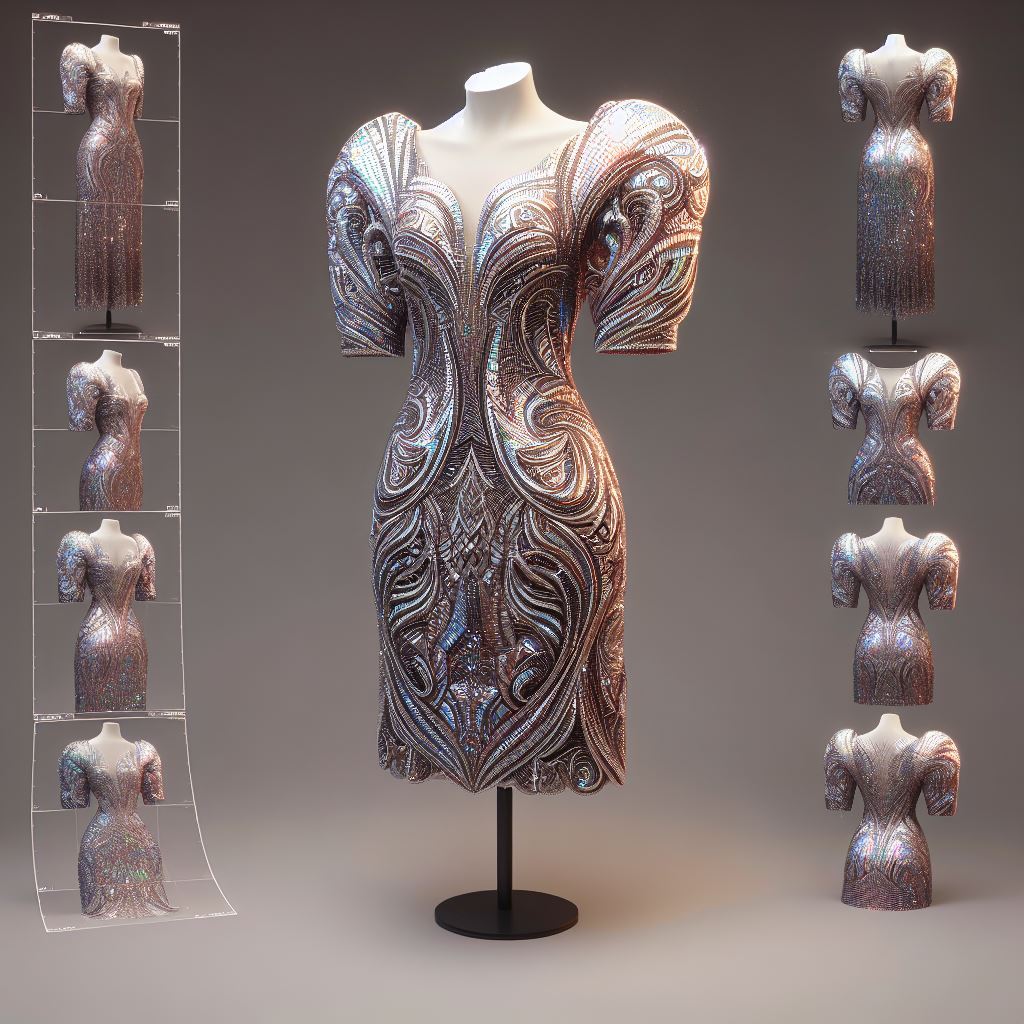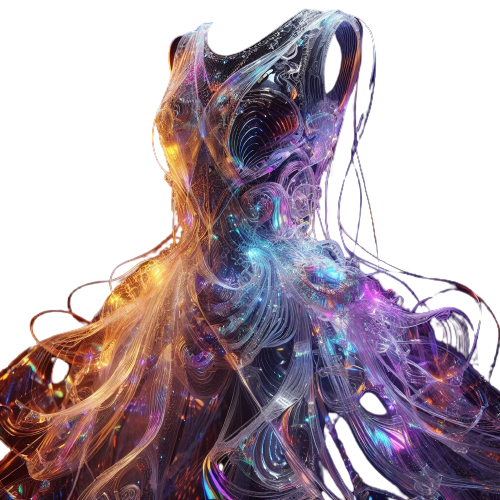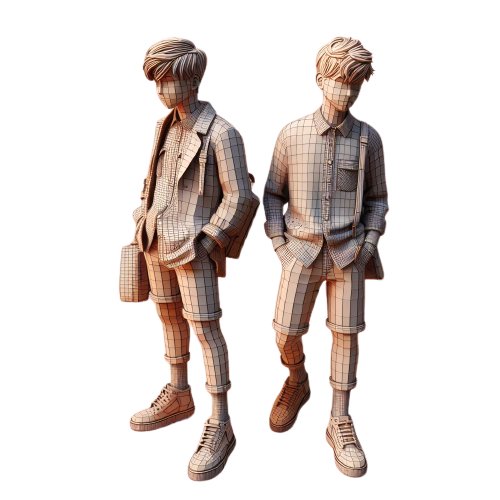Latest 3D Fashions and Designing

3d Fashion
The fashion industry has entered an exciting new era with the advent of 3D fashion. This innovative trend is reshaping the way we design, produce, and wear clothing, offering a blend of technology, sustainability, and unparalleled creativity. Here, we delve into the fascinating world of 3D fashion.
fashion model
Fashion models are the embodiment of style, grace, and charisma on the runway and in front of the camera. These individuals breathe life into designers’ creations, making them come alive with each step they take. Beyond their striking appearances, fashion models play a crucial role in shaping industry trends. They inspire and influence fashion enthusiasts and designers alike, helping set the tone for what’s considered stylish and chic.
Girls Clothes Design
In the dynamic world of fashion, the convergence of technology and style has revolutionized the design process. 3D fashion design has emerged as a game-changer, particularly in the realm of girls’ clothing. This cutting-edge technology is reshaping how we conceptualize, create, and experience fashion, empowering designers to push the boundaries of creativity and personal expression.

Clothes Design
Fashion design has entered a new era with the integration of 3D technology. This transformative trend has redefined the way clothing is conceptualized, created, and experienced. 3D fashion design offers a world of possibilities, from boundless creativity to sustainability and personalization.
- Limitless Creativity: One of the primary advantages of 3D fashion design is its ability to unleash boundless creativity. Designers can experiment with shapes, colors, and patterns without the constraints of physical fabrics, giving rise to innovative and imaginative girls' clothing.
- Speed and Efficiency: Traditional clothing design often involves numerous iterations, fabric sampling, and time-consuming adjustments. 3D design accelerates this process, enabling designers to visualize and refine their creations within minutes, significantly reducing the time-to-market.
- Sustainability: The fashion industry is increasingly embracing sustainability, and 3D technology plays a pivotal role. By reducing the need for physical prototypes and samples, designers can decrease waste and make more informed decisions about materials and resources, contributing to a more eco-friendly approach.
- Personalization: 3D fashion design allows for greater personalization, tailoring designs to individual preferences and body types. Girls' clothing can be customized to suit diverse styles and sizes, enhancing the consumer's shopping experience.


Apparel Design
Artistry and Innovation: The Essence of Modern Apparel Design.
Apparel design is a fascinating fusion of art and science that shapes our clothing and, consequently, our daily lives. It’s not merely about creating stylish garments; it’s a meticulous process involving creativity, functionality, and innovation.
The journey begins with inspiration—designers draw from various sources, including nature, culture, and personal experiences. They then translate their vision onto paper, sketching initial concepts that serve as the foundation for their creations.
Next comes the selection of materials. This involves a deep understanding of fabric types, their properties, and how they interact with the human body. Designers consider factors like comfort, durability, and aesthetics when choosing textiles.
Pattern making and garment construction are intricate steps that demand precision and expertise. A small alteration in a pattern can significantly affect how a garment fits and drapes. This is where the science of measurements, geometry, and sewing techniques comes into play.
Color and texture play pivotal roles in apparel design. Choosing the right color palette and surface embellishments can make a design visually appealing and evoke emotional responses.


 Users Today : 1
Users Today : 1 Users Yesterday : 3
Users Yesterday : 3 Users This Year : 495
Users This Year : 495 Total Users : 2910
Total Users : 2910 Views Today : 1
Views Today : 1